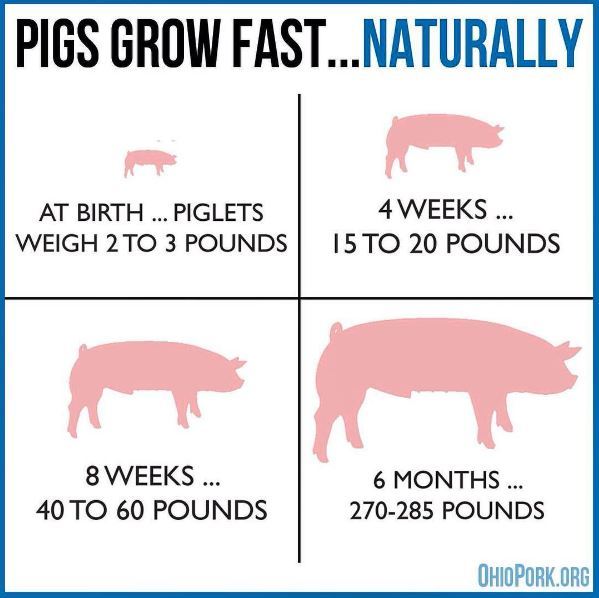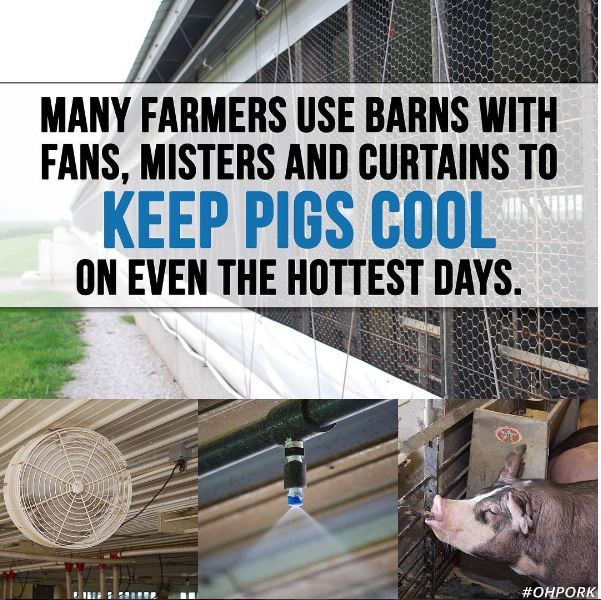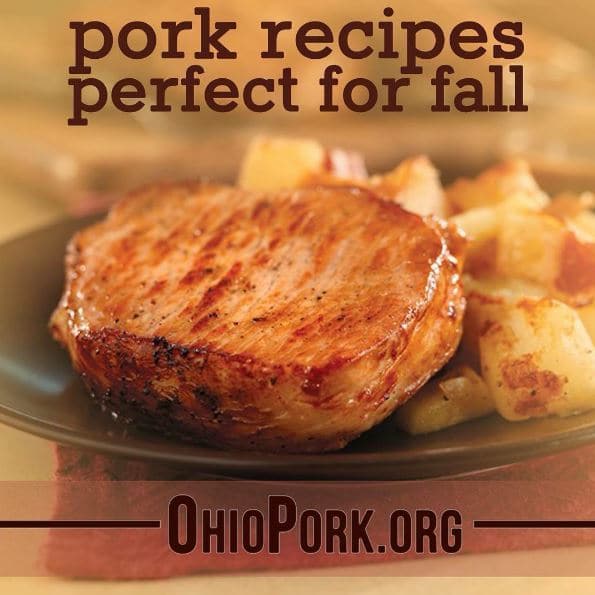



The Ohio Pork Council is a trade association serving approximately 2,500 pork producers throughout the state.
The organization uses social media to promote pork, sponsor virtual farm tours through its interactive website and provide pork produces with research, information and best management practices for family farms.
For over six years, Bill Knapke, the Ohio Pork Council president, has been providing leadership for the organization. He works “up and down the Ohio/Indiana” line, living in Fort Recovery and providing feed and nutrient management for Cooper Farms in Van Wert. Knapke also sits on the board for the state’s Livestock Care Standards Board.
“I think the Ohio Pork Producers in general have been very environmental on pork producers,” said Knapke. “We’ve been very responsible.”
He said the Ohio Pork Council was involved with some of the rules and regulations recently created through Senate Bill 1 for the Lake Erie Basin Watershed.
“We’ve been involved when it comes to research and best management practices,” said Knapke. Those best management practices include limiting fertilizer application to soil when necessary, such as when the ground is frozen. The bill was passed due to the increase in harmful algae blooms in Lake Erie.
Bryan Black is past president of the National Pork Producers Council and current member of the Ohio Livestock Care Standards Board. Black is a fourth-generation livestock and grain farmer living in Canal Winchester and served for approximately 30 years on the Ohio Pork Producers Association Board that oversees rules and regulations.
Black said that as a result of State Issue 2 in 2010, “We not only wrote those rules but we oversee the entire program,” helping to create a template of best management practices.
State Issue 2 in 2010 was an Ohio constitutional amendment to create the Ohio Livestock Care Standards Board to establish and implement standards of care for livestock and poultry in the state. Issue 2 was approved by Ohio voters in November of 2009.
The Ohio Livestock Care Standards Board is funded through the state’s general revenue fund under the Office of Budget and Management. In 2009, the OBM estimated the start-up and annual operating cost of the Ohio Livestock Care Standards Board was $162,280.
The Ohio Department of Agriculture did not appropriate any funds to the Ohio Livestock Care Standards board in 2014 and 2015 because “the purpose of this line was to fund and sustain the board while rules were being created and passed.” No funds were appropriated for the board after 2013.
“We’ve transitioned this industry from outdoor production to moving livestock inside. It was done because technology and research showed us it was better for the welfare of the animals,” said Black.
New mandates in the pork industry transitioned sows from being held in individual housing to group housing.
“What we’ve seen in the last five to 10 years,” said Black, “is this public entity coming in and wanting to dictate how we manage animals.”
Due to pressure from public entities, like the Humane Society of the United States (HSUS), bringing ballot initiatives in Florida and California to change certain livestock practices, Ohio farmers became a leader in creating livestock care standards.
“Ohio decided we were on the target list. We were very active and put together this animal care standards board. We have been a template for other states to follow,” said Black.
Sometimes public perception makes normal animal care standards look unacceptable. That’s where Bryan Humphreys, the Ohio Pork Council executive vice president, said the council is responsible for providing education, to both the citizens of the state and the farmers and pork producers who work throughout the state.
He said hog facility sizes are determined by a set of a pre-designed standard building templates, based on animal care needs, state laws and Ohio Department of Agriculture regulations. Whether the hog facility is designed for 25 hogs or 50 hogs, Humphreys said it doesn’t make them any less of a family farm.
He said calling larger family farms “factory farms” is a negative connotation, just as calling smaller family farms “hobby farms,” is.
And, said Humphreys, the public’s perception has by no means been able to dictate animal care.
“Public perception can tell me all they want but I’m the one with the animal,” said Humphreys, adding, “There are public perceptions that has influenced it.”
Regardless of the size, Humphreys said, “It’s still a family farm. To me a family farm is a family farm and it doesn’t matter how big or small you are.”
Knapke, Ohio Pork Council president and member of the Ohio Livestock Care Standards Board, said, “It’s challenging in the world we live in. The farms are bigger than they were before.”
The Ohio Pork Council updates its website regularly with information, pork recipes, and answers to frequent questions. To learn more about the Ohio Pork Council, schedule a virtual field trip or to sign up for its newsletter by email, visit ohiopork.org.





